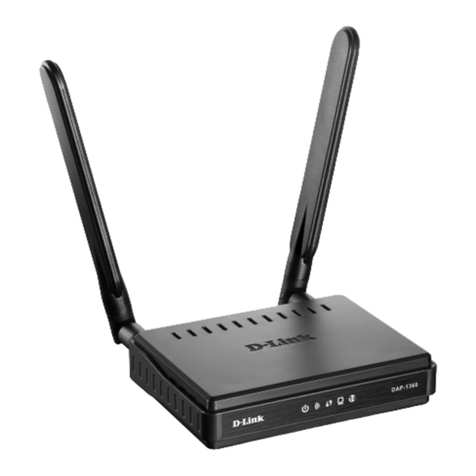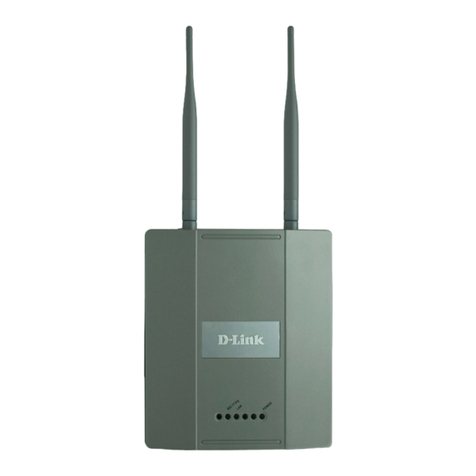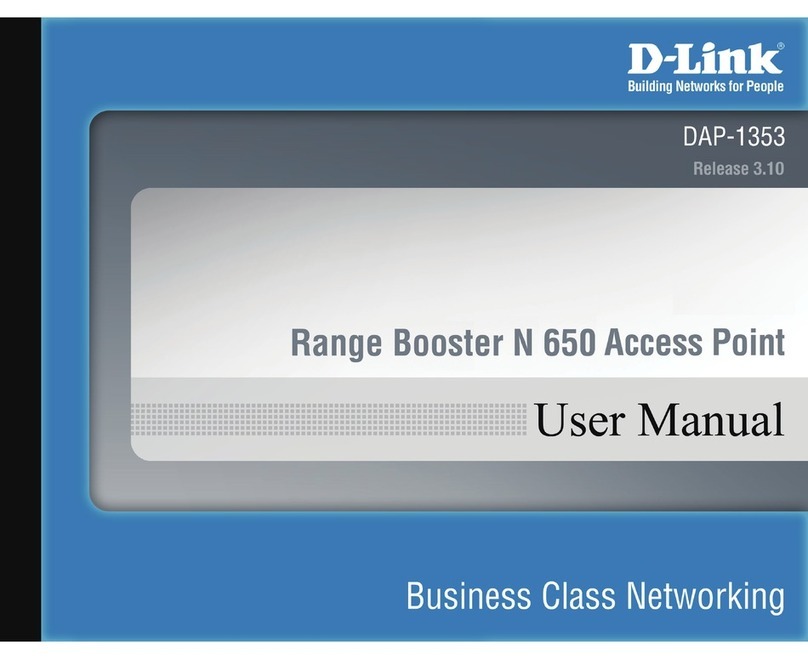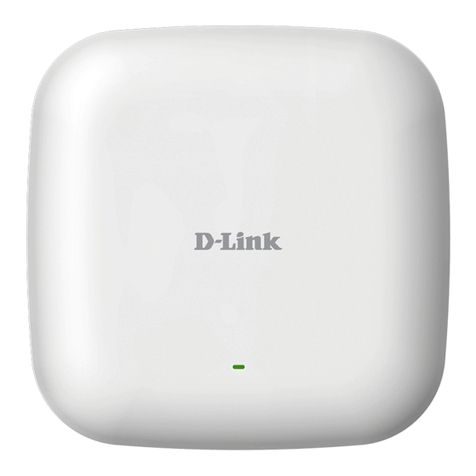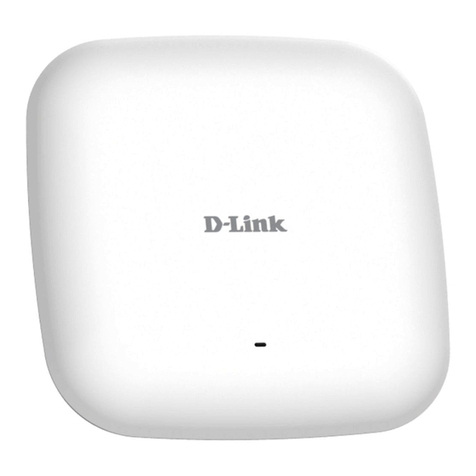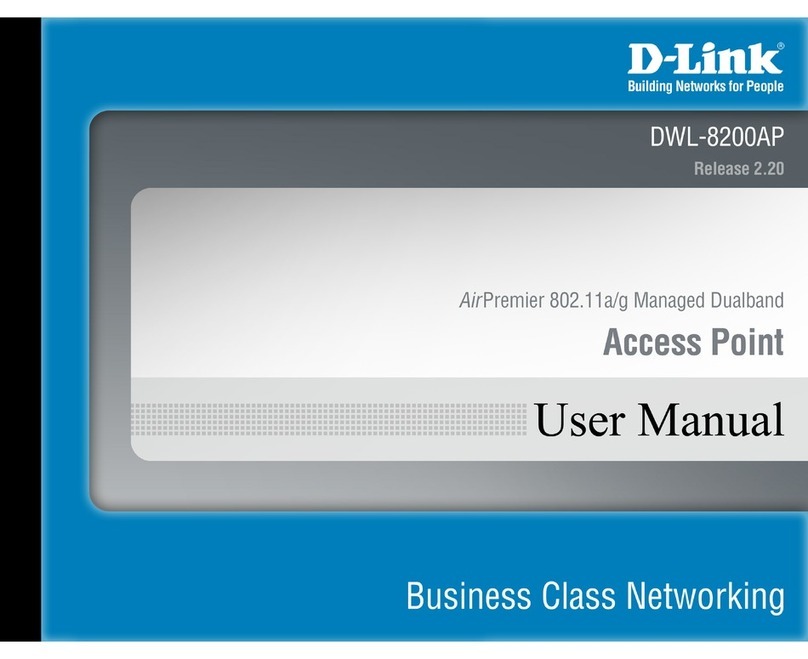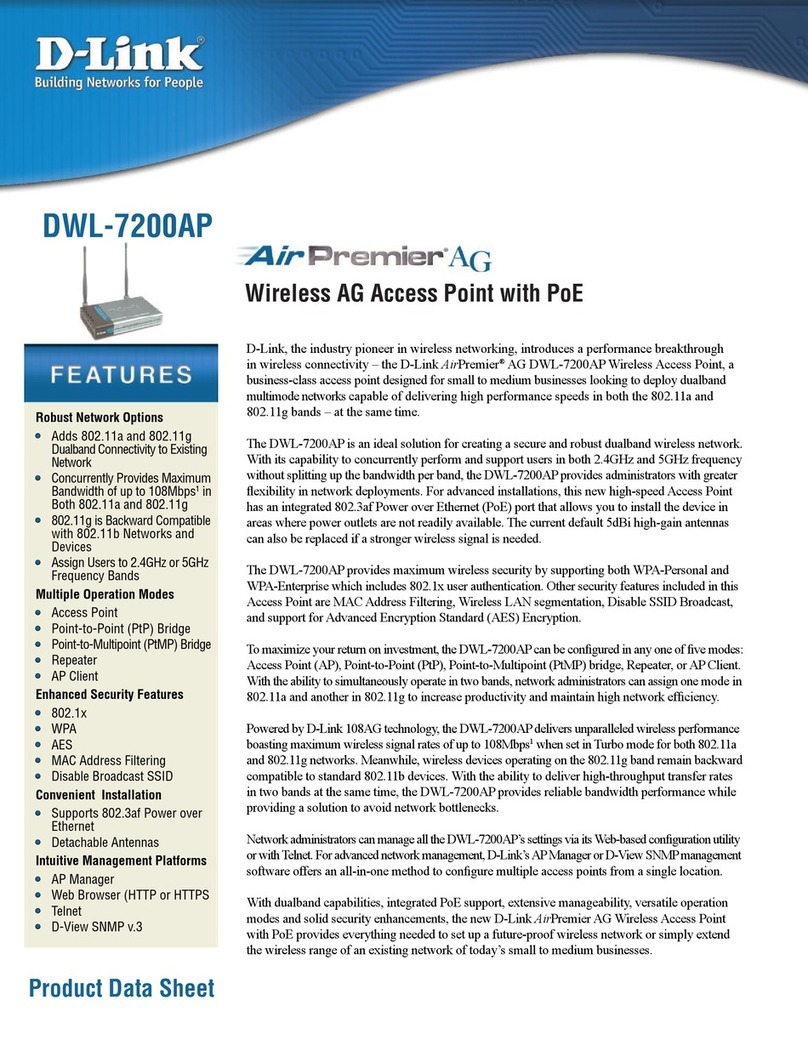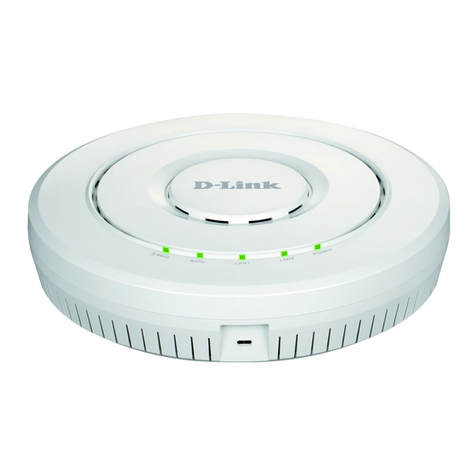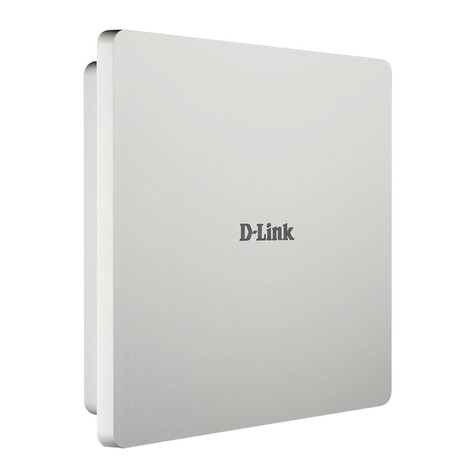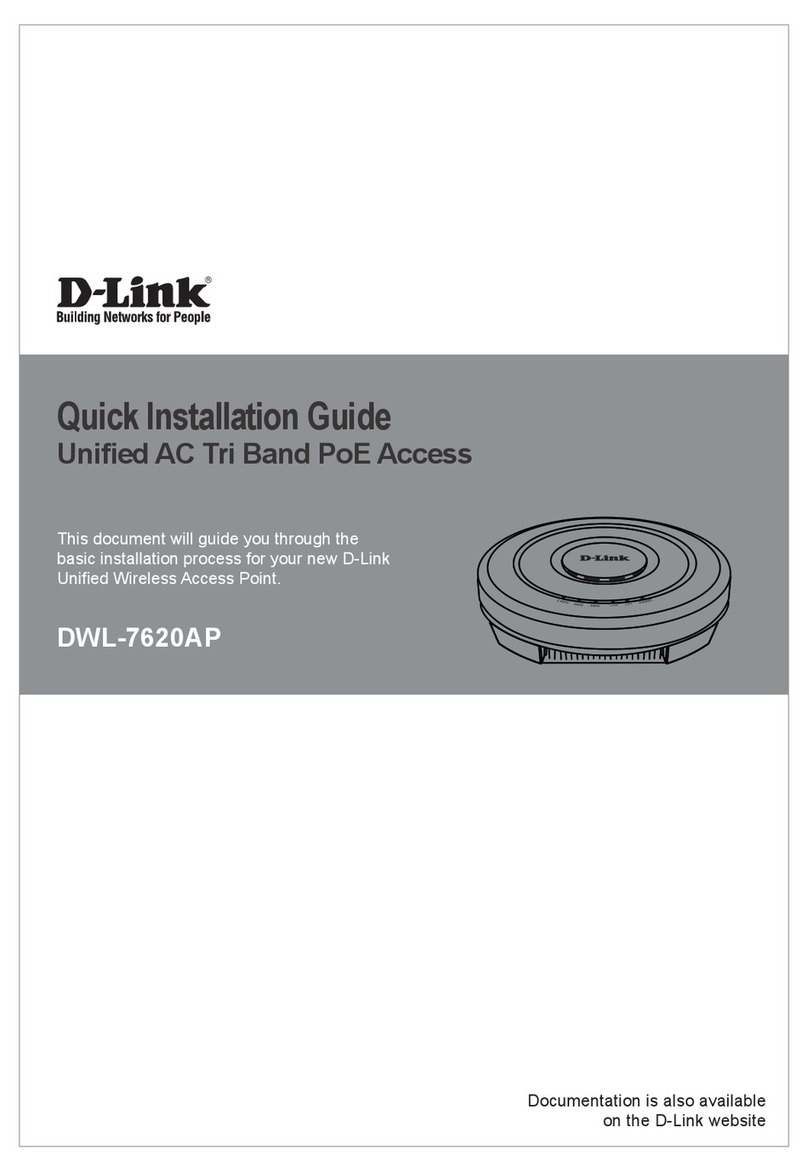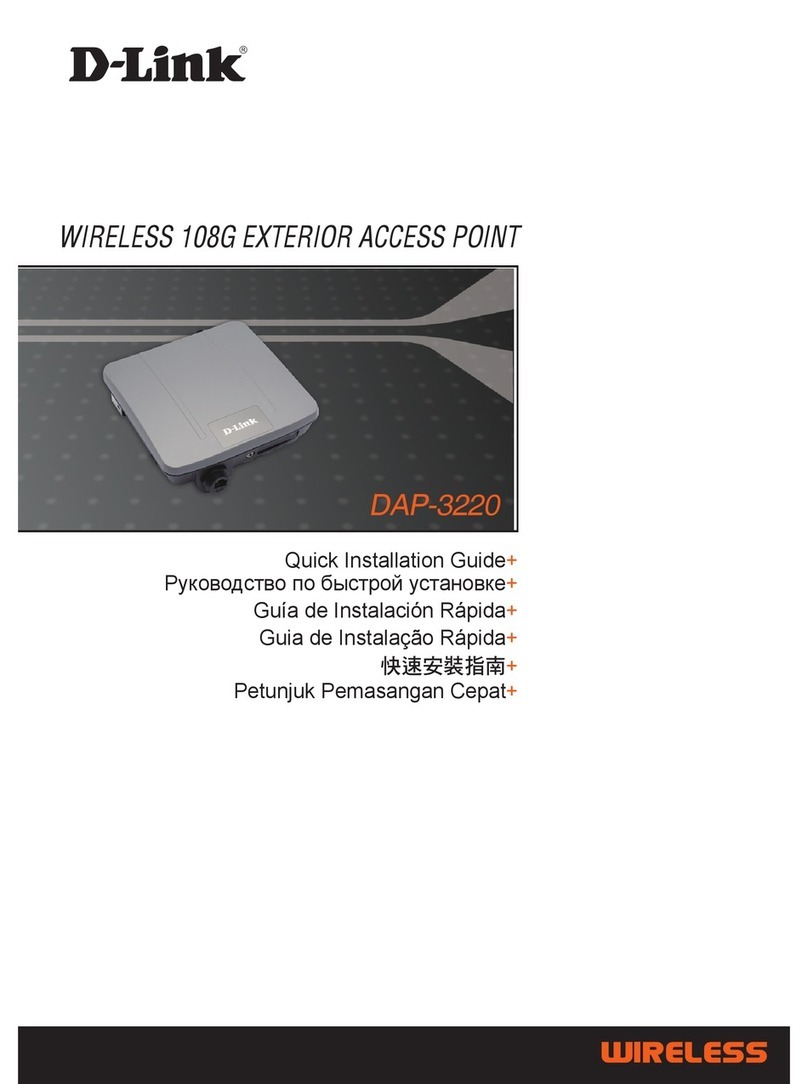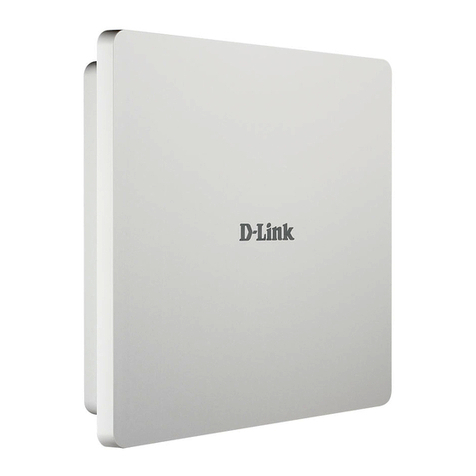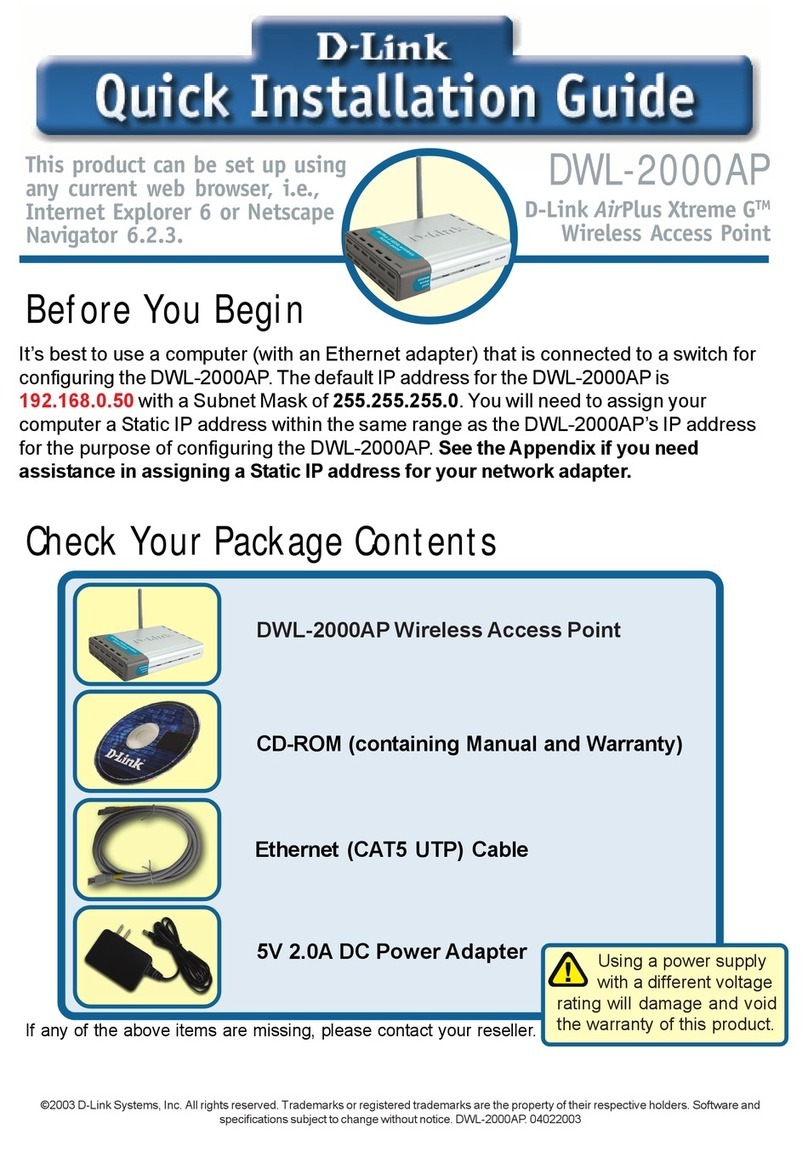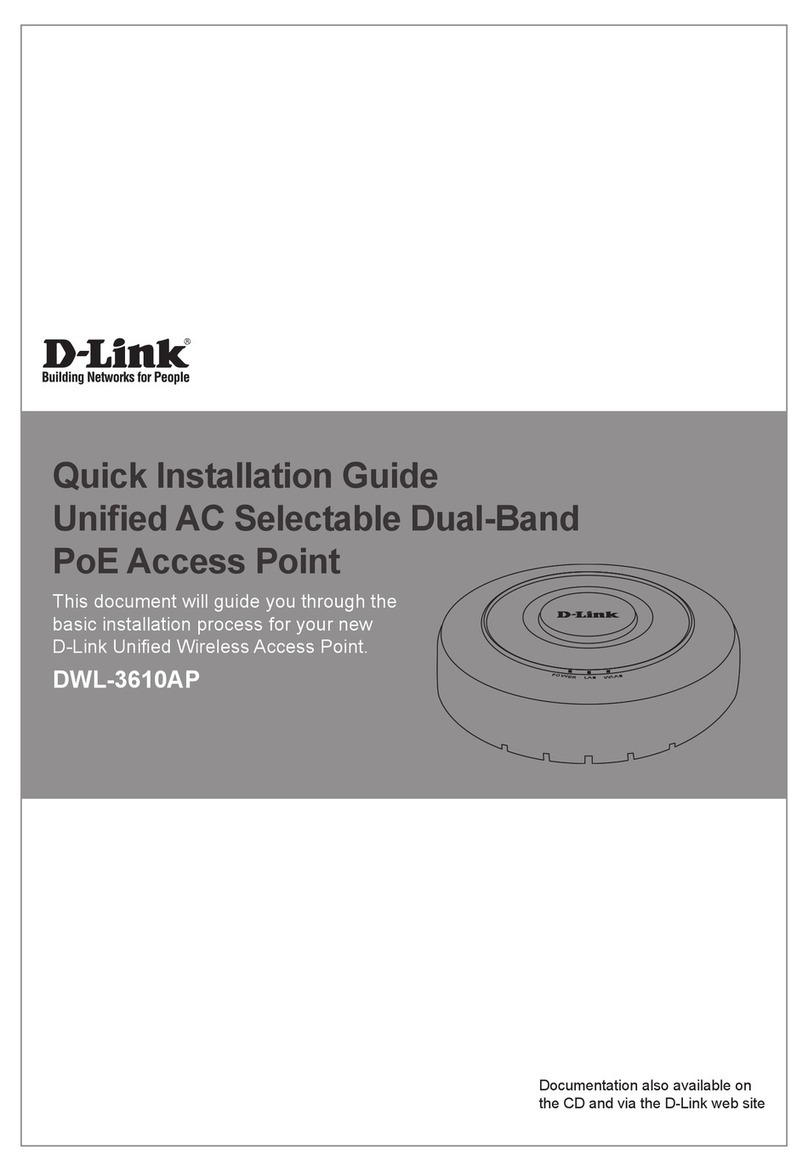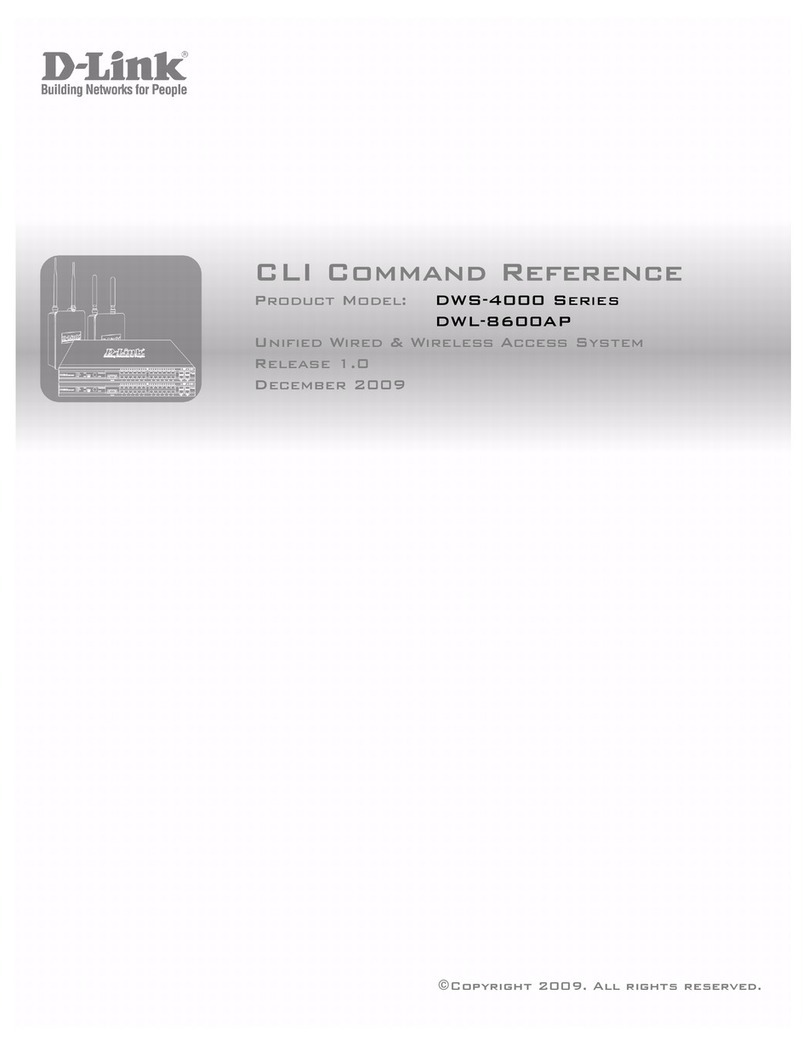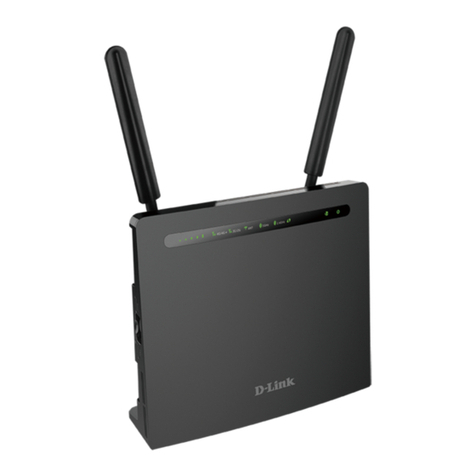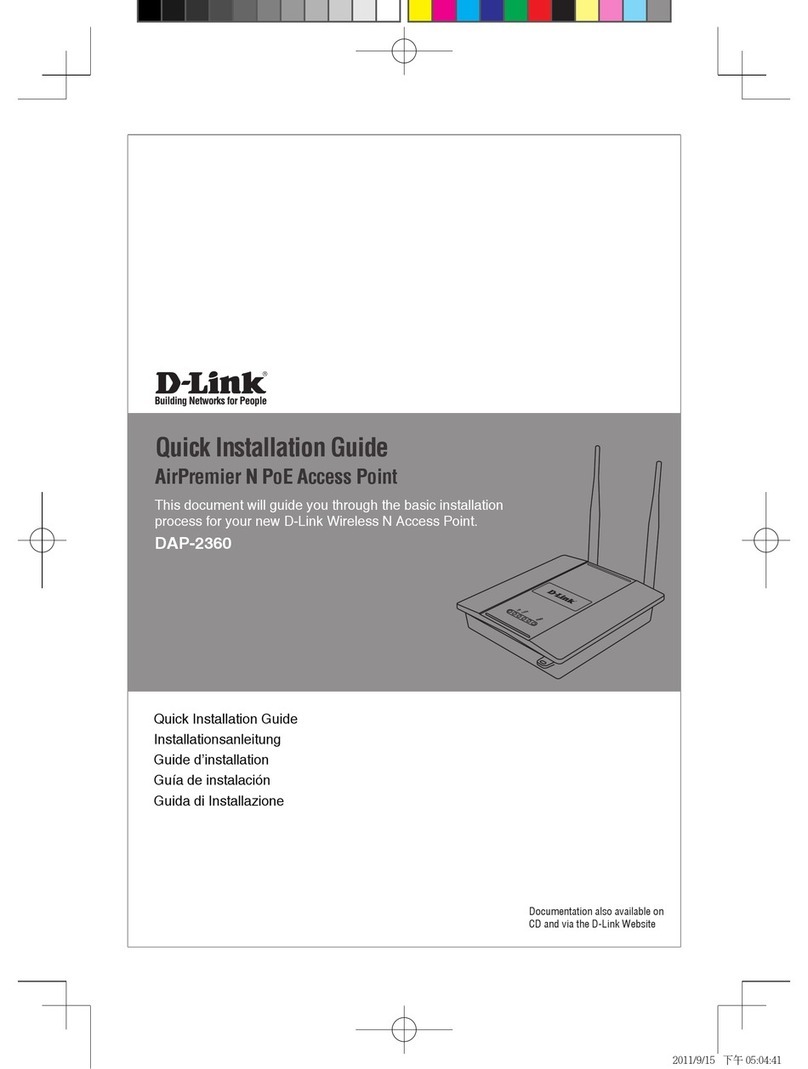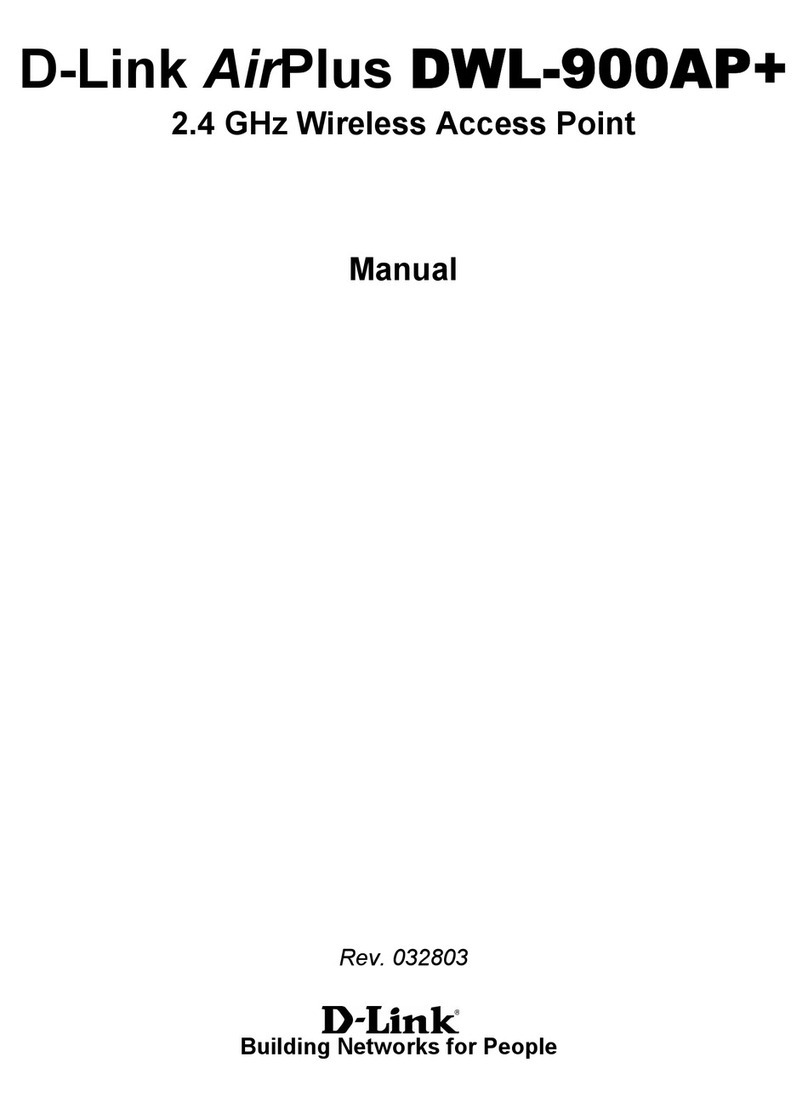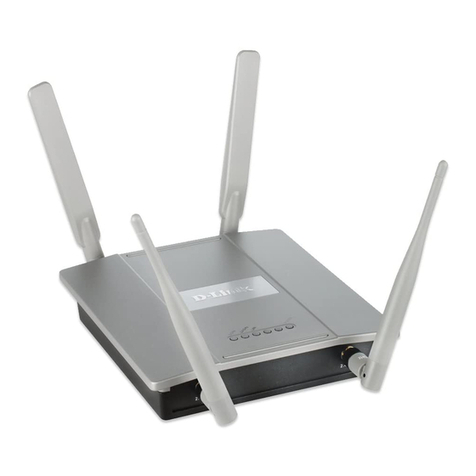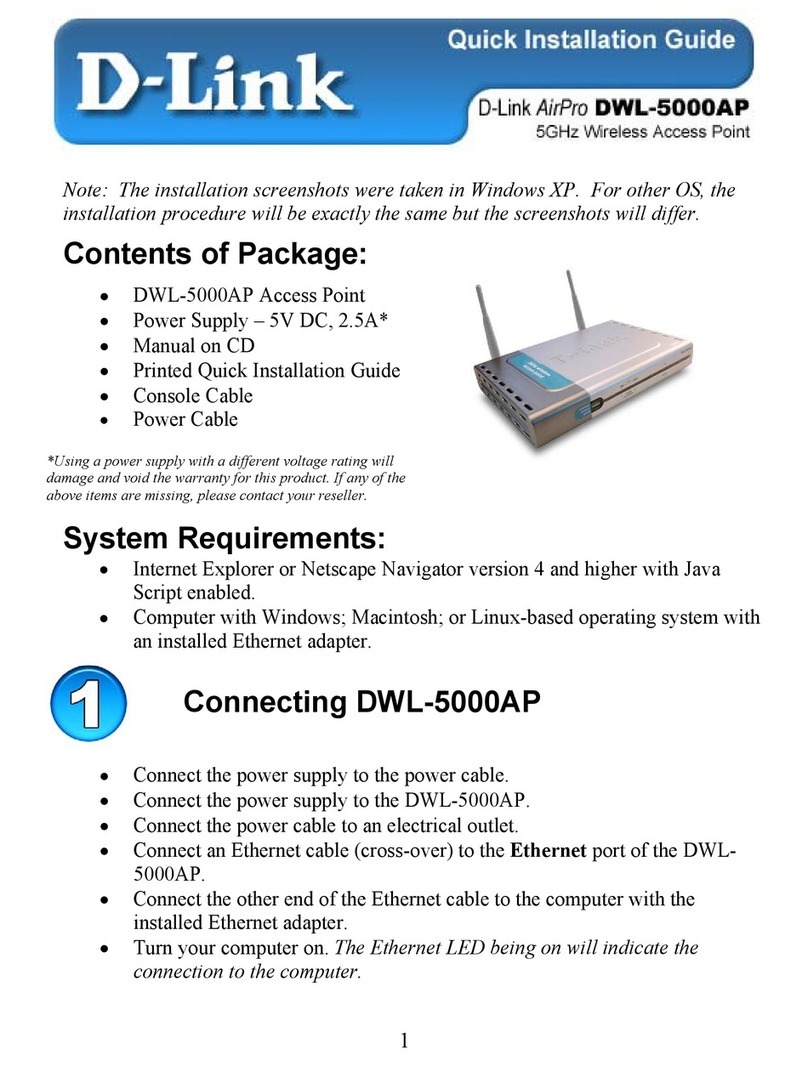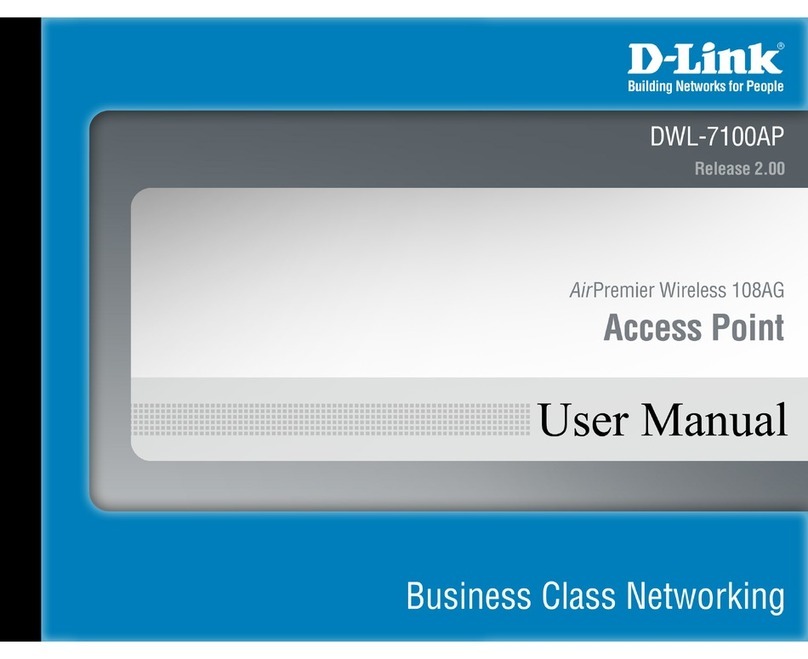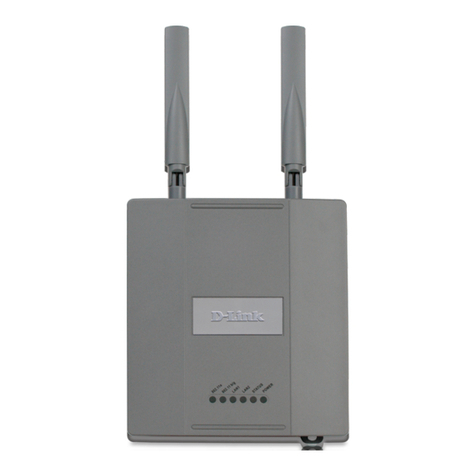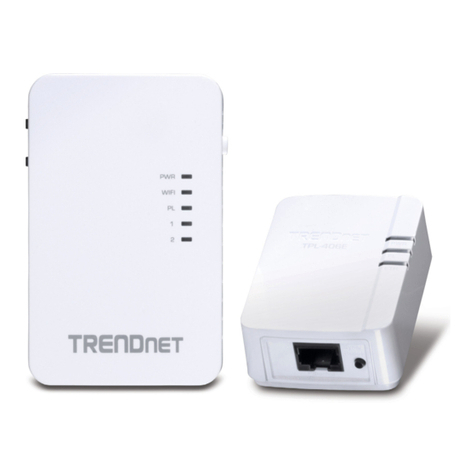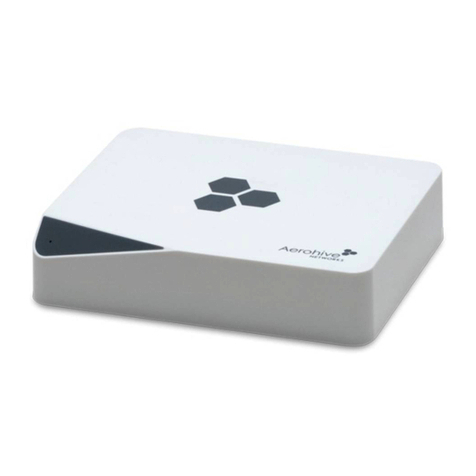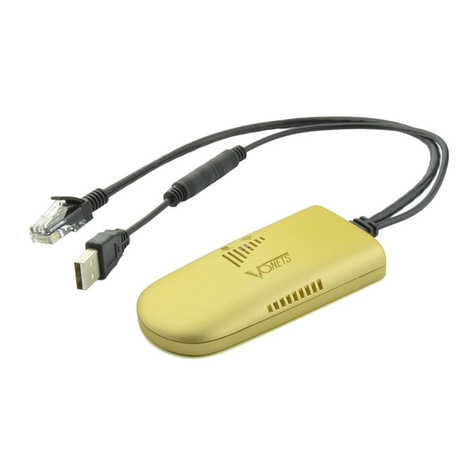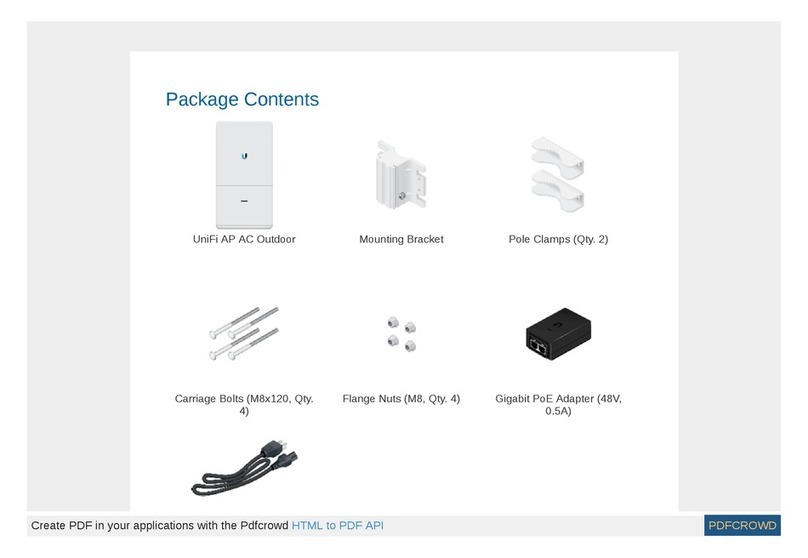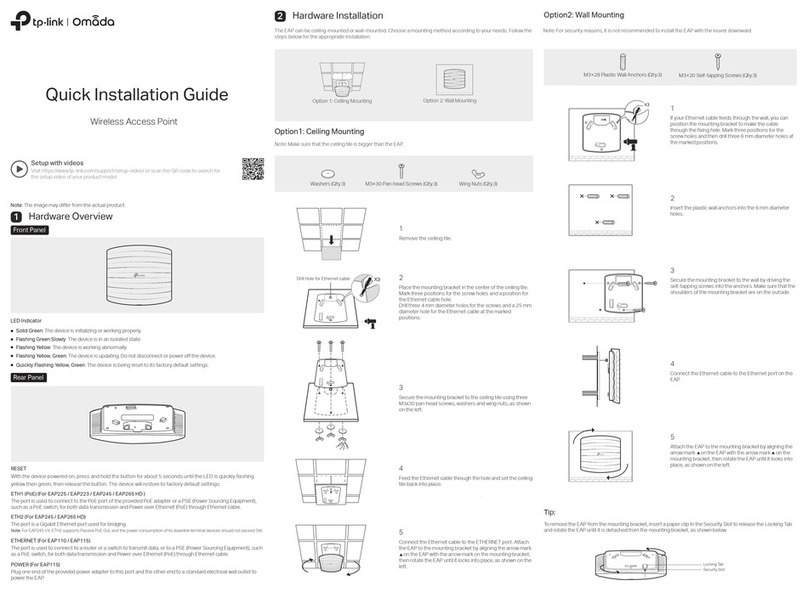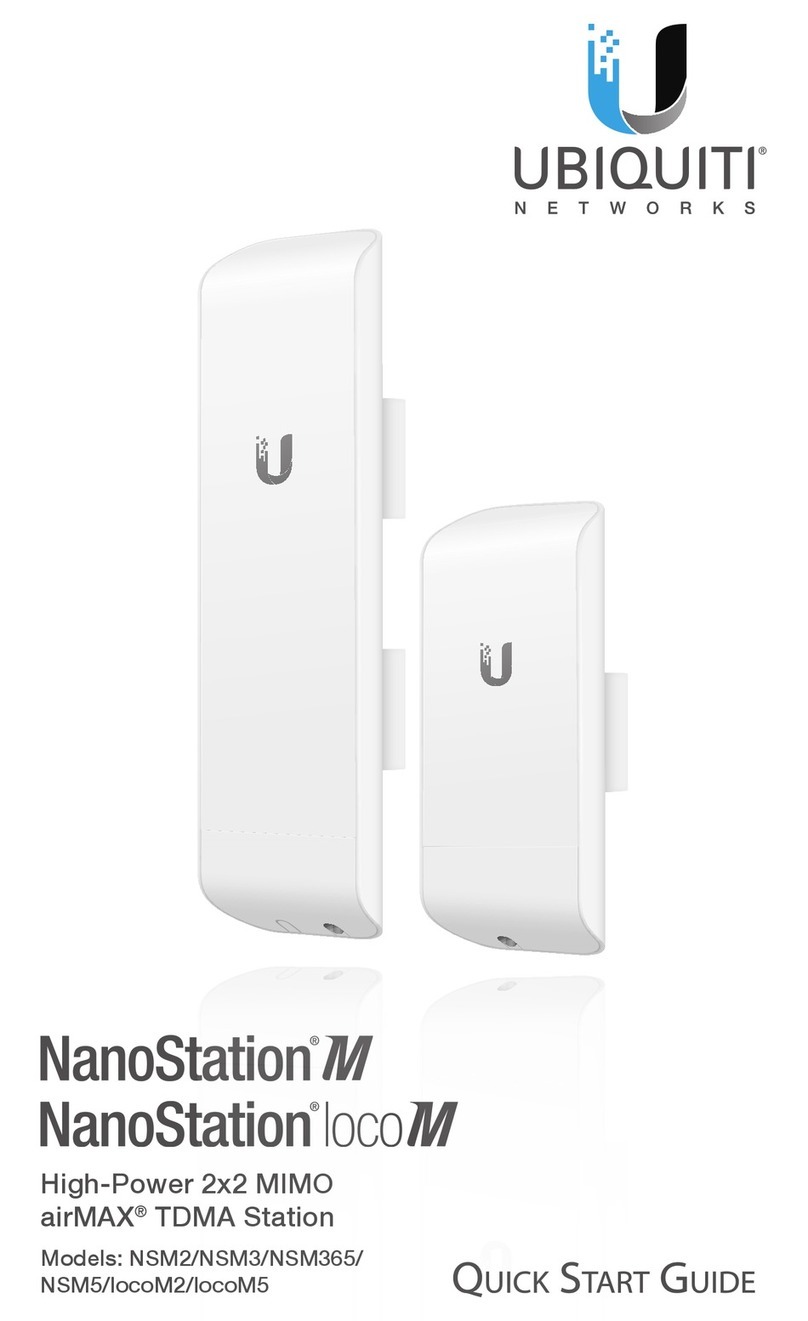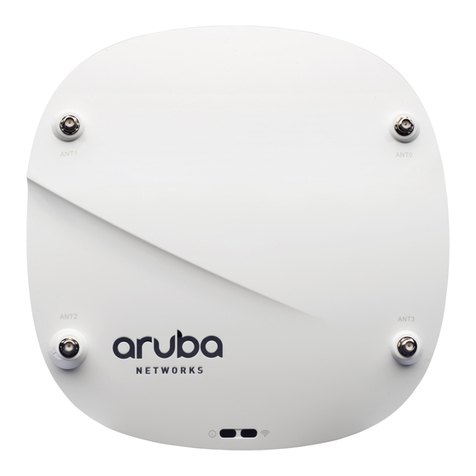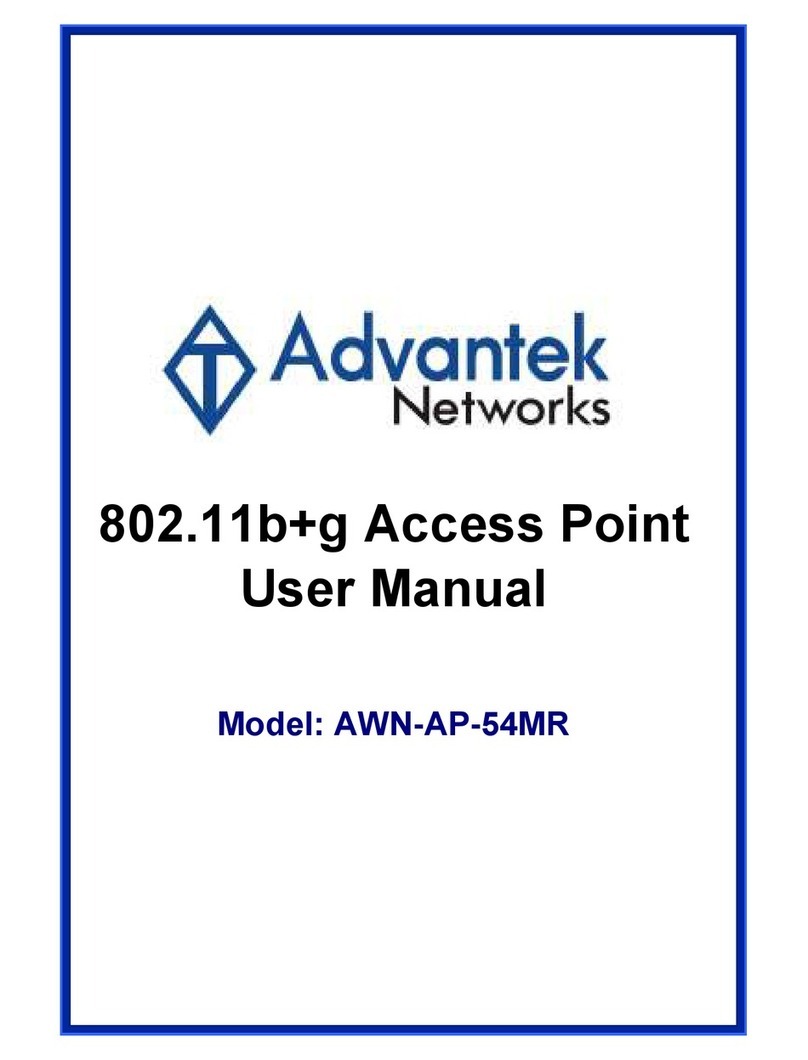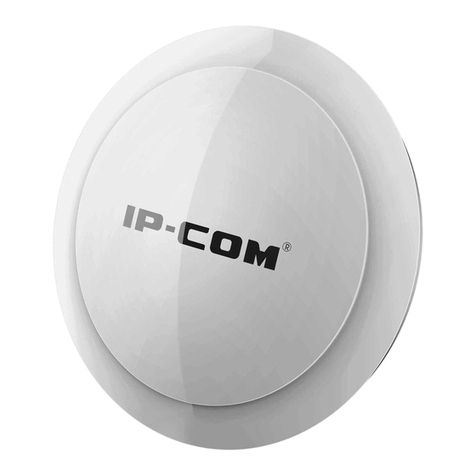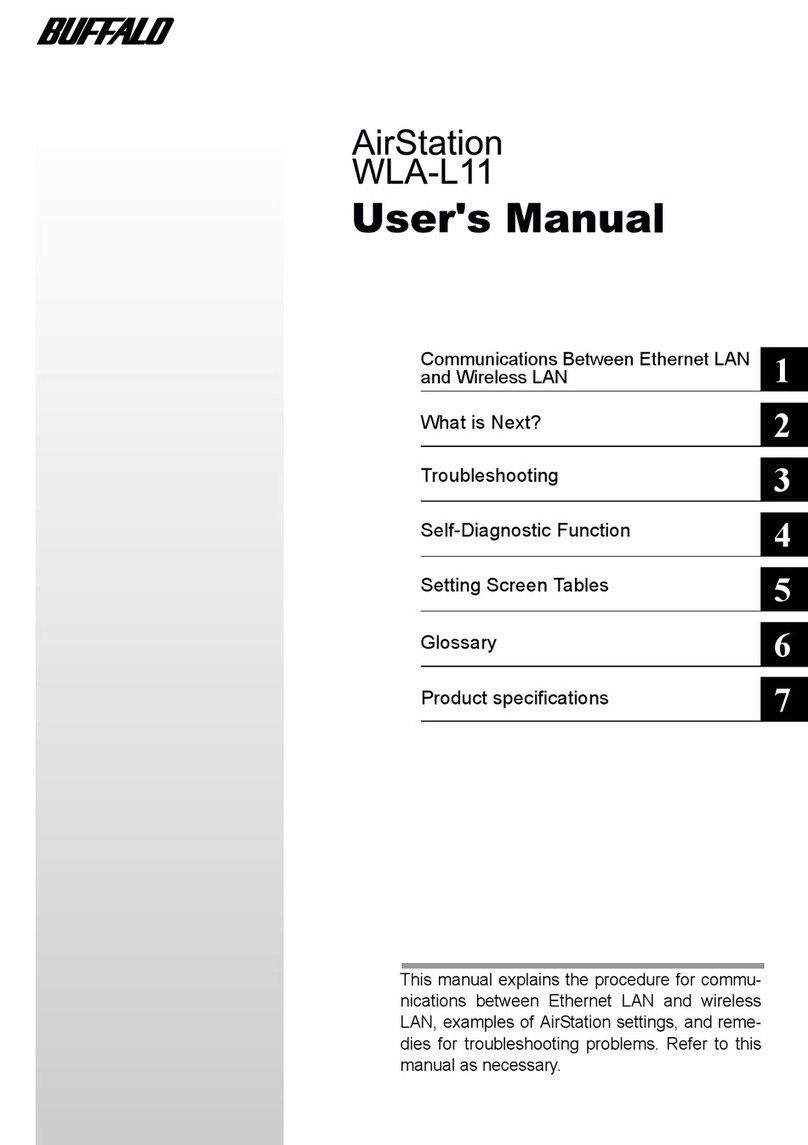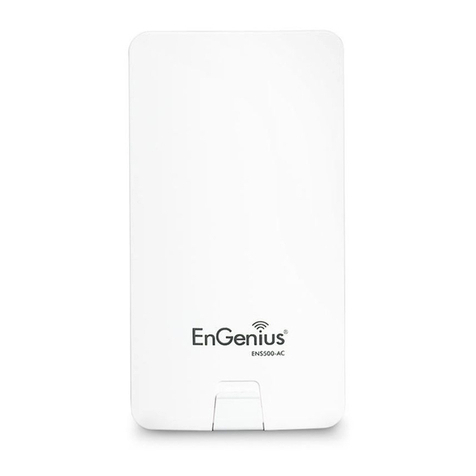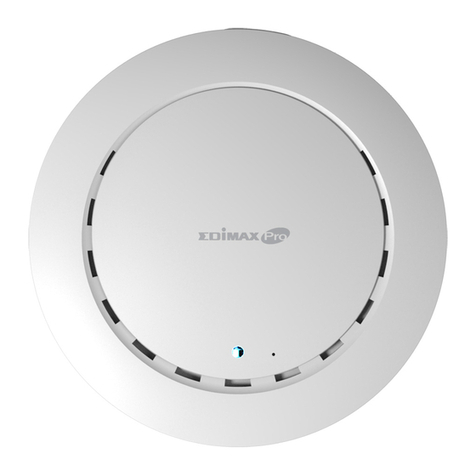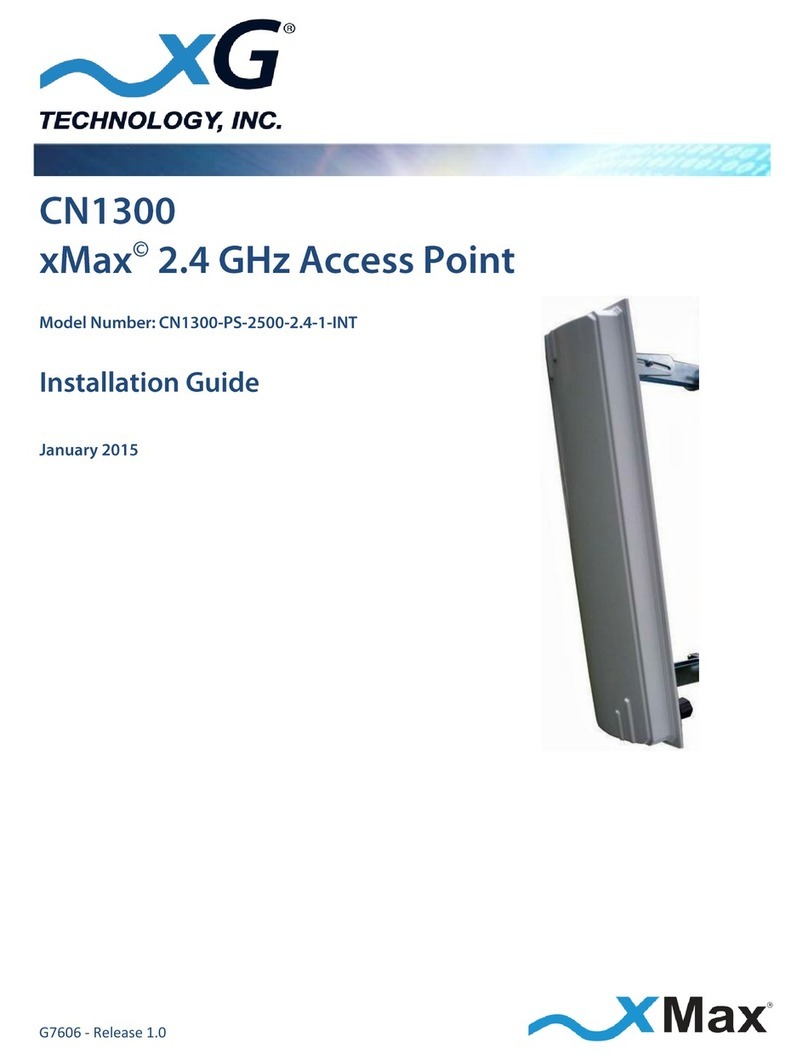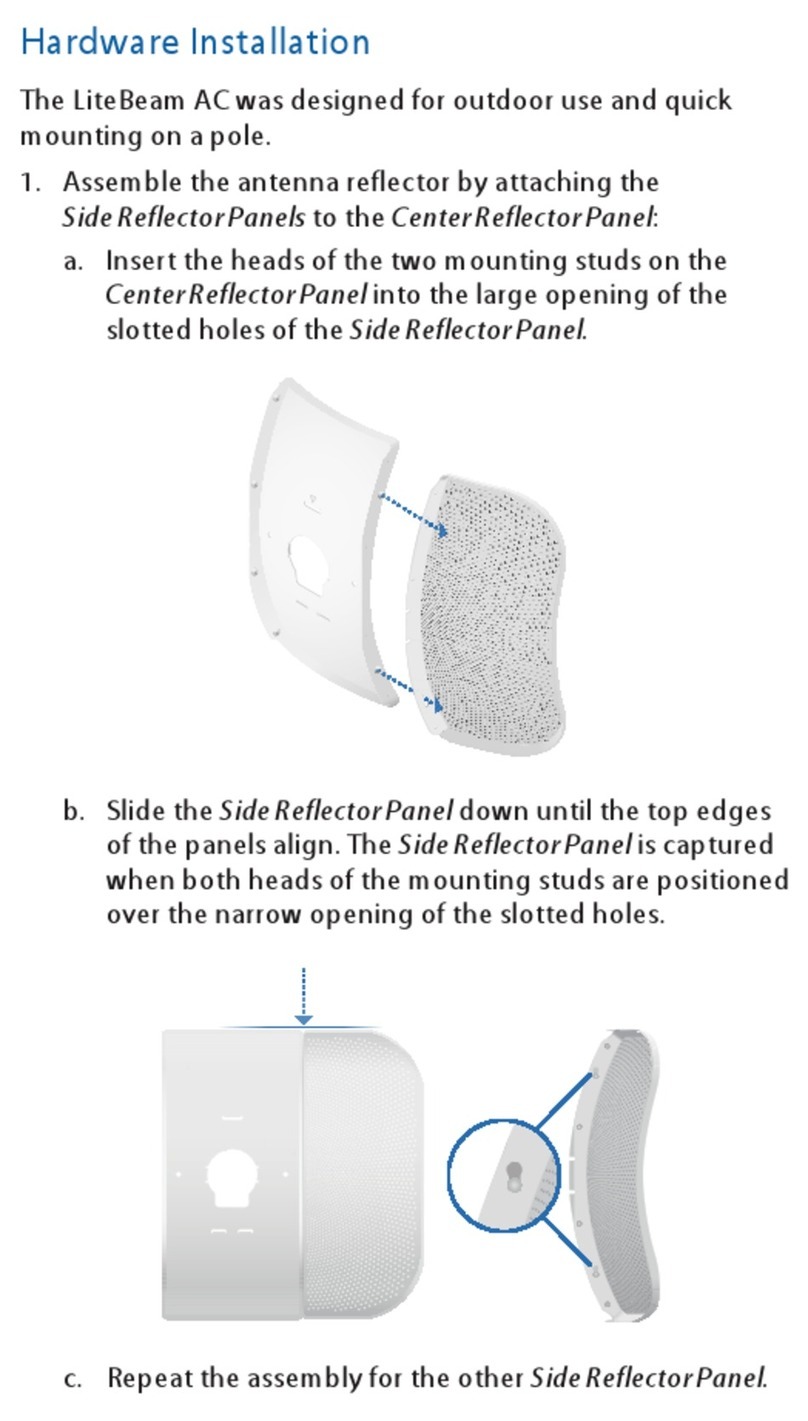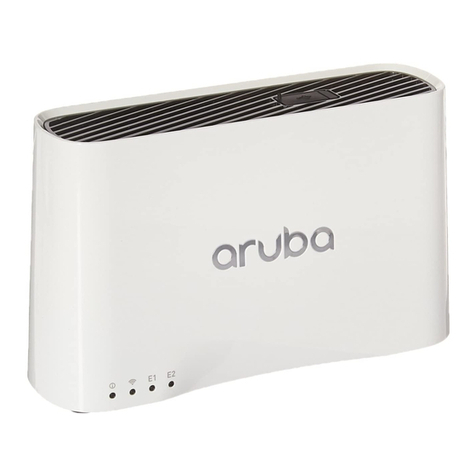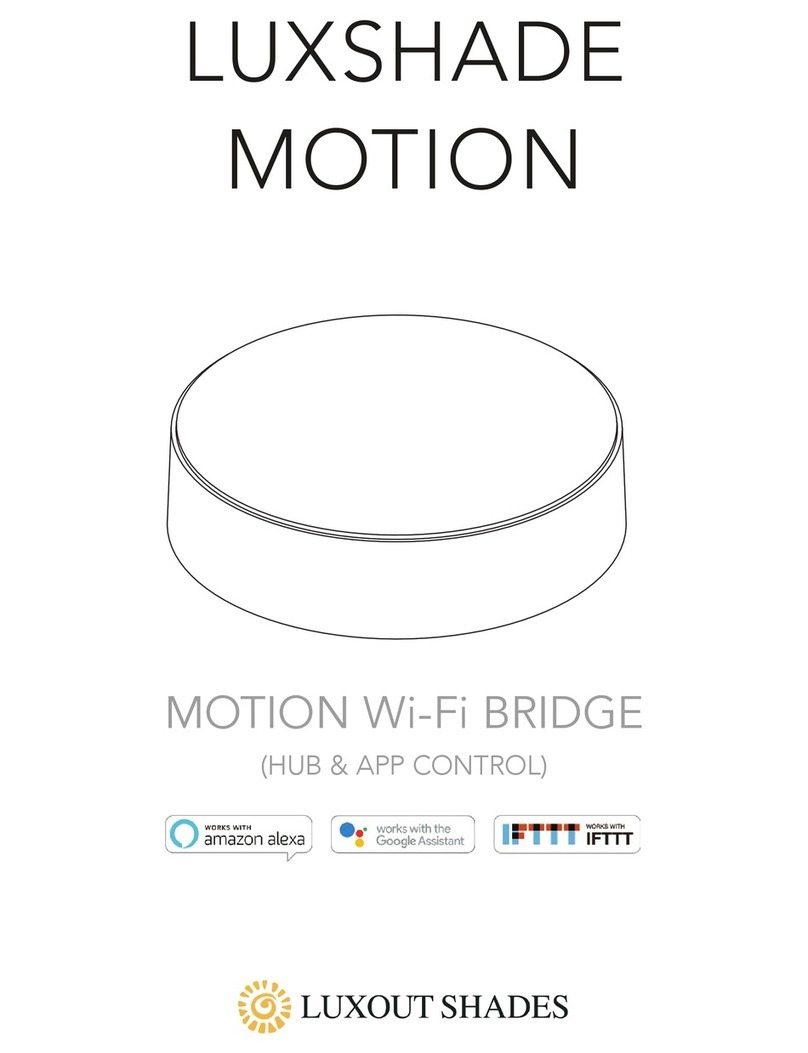
6
Wireless Basics
D-Link wireless products are based on industry standards to provide easy-to-use and
compatiblehigh-speed wireless connectivity within yourhome,businessorpublicaccess
wirelessnetworks. D-Link wirelessproducts willallow youaccess tothe datayou want,
whenandwhereyouwant it.Youwillbeabletoenjoythefreedomthatwireless networking
brings.
AWireless LocalAreaNetwork(WLAN)isa computernetworkthattransmitsand receives
datawithradio signals instead ofwires. WLANs areused increasingly in bothhome and
office environments, and public areas such as airports, coffee shops and universities.
Innovativeways to utilizeWLANtechnologyarehelping peopletoworkandcommunicate
more efficiently. Increased mobility and the absence of cabling and other fixed
infrastructurehave proven to be beneficialfor many users.
Wireless users can use the same applications they use on a wired network. Wireless
adapter cards used on laptop and desktop systems support the same protocols as
Ethernetadapter cards.
Peopleuse WLAN technologyfor many different purposes:
Mobility - Productivity increases when people have access to data in any location
within the operating range of the WLAN. Management decisions based on real-time
informationcan significantly improve workerefficiency.
Low Implementation Costs –WLANs are easy to set up, manage, change and
relocate. Networks that frequently change can benefit from WLANs ease of
implementation. WLANs can operate in locations where installation of wiring may be
impractical.
Installation and Network Expansion - Installing a WLAN system can be fast
andeasy and caneliminate theneedto pull cablethroughwalls and ceilings.Wireless
technologyallows the networkto gowhere wirescannot go- evenoutside thehome or
office.
Scalability – WLANs can be configured in a variety of ways to meet the needs of
specific applications and installations. Configurations are easily changed and range
frompeer-to-peer networks suitable fora small numberof usersto larger infrastructure
networksto accommodate hundredsor thousandsof users,depending onthe number
ofwireless devices deployed.
Inexpensive Solution - Wireless network devices are as competitively priced as
conventionalEthernetnetworkdevices.
